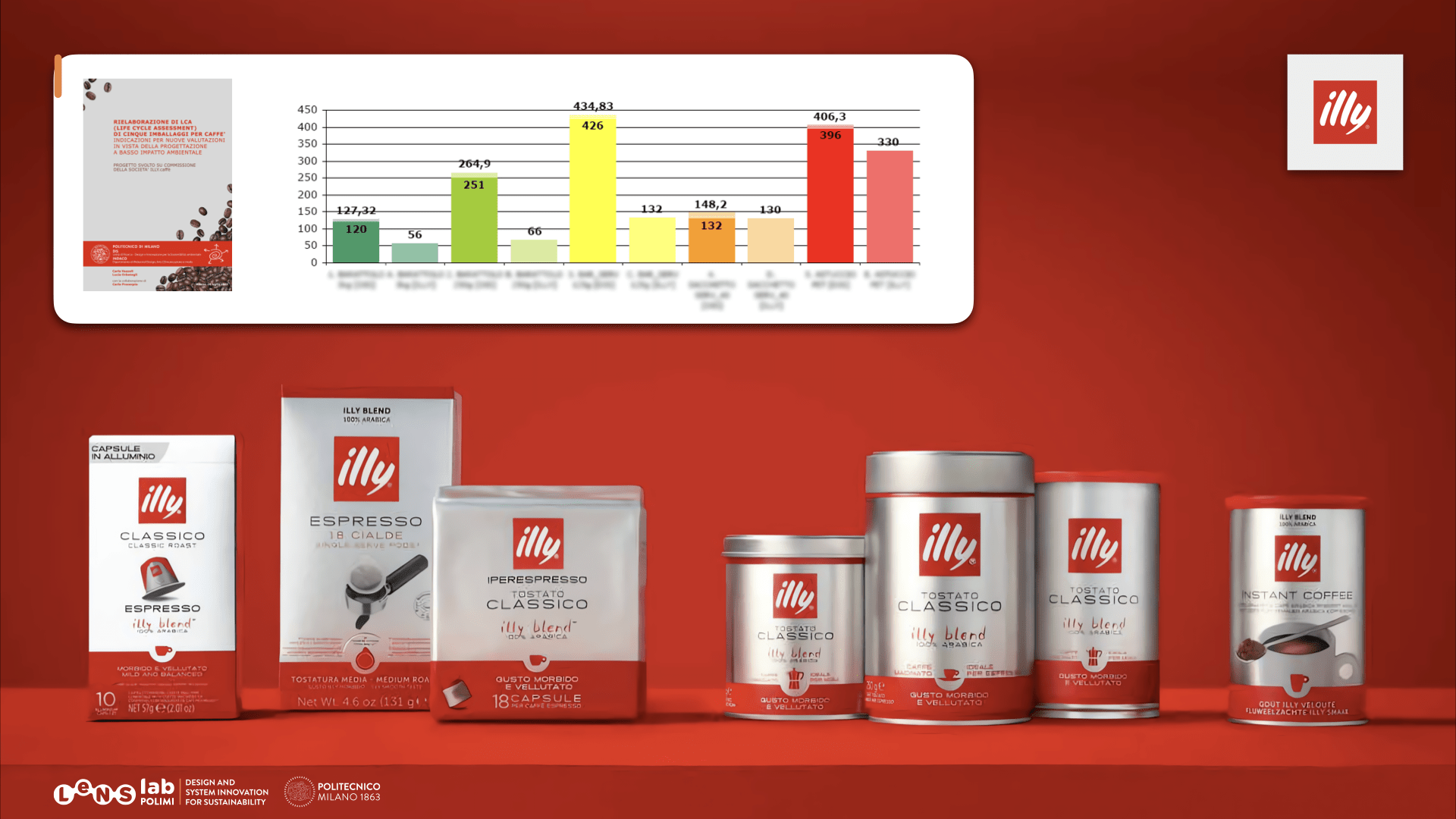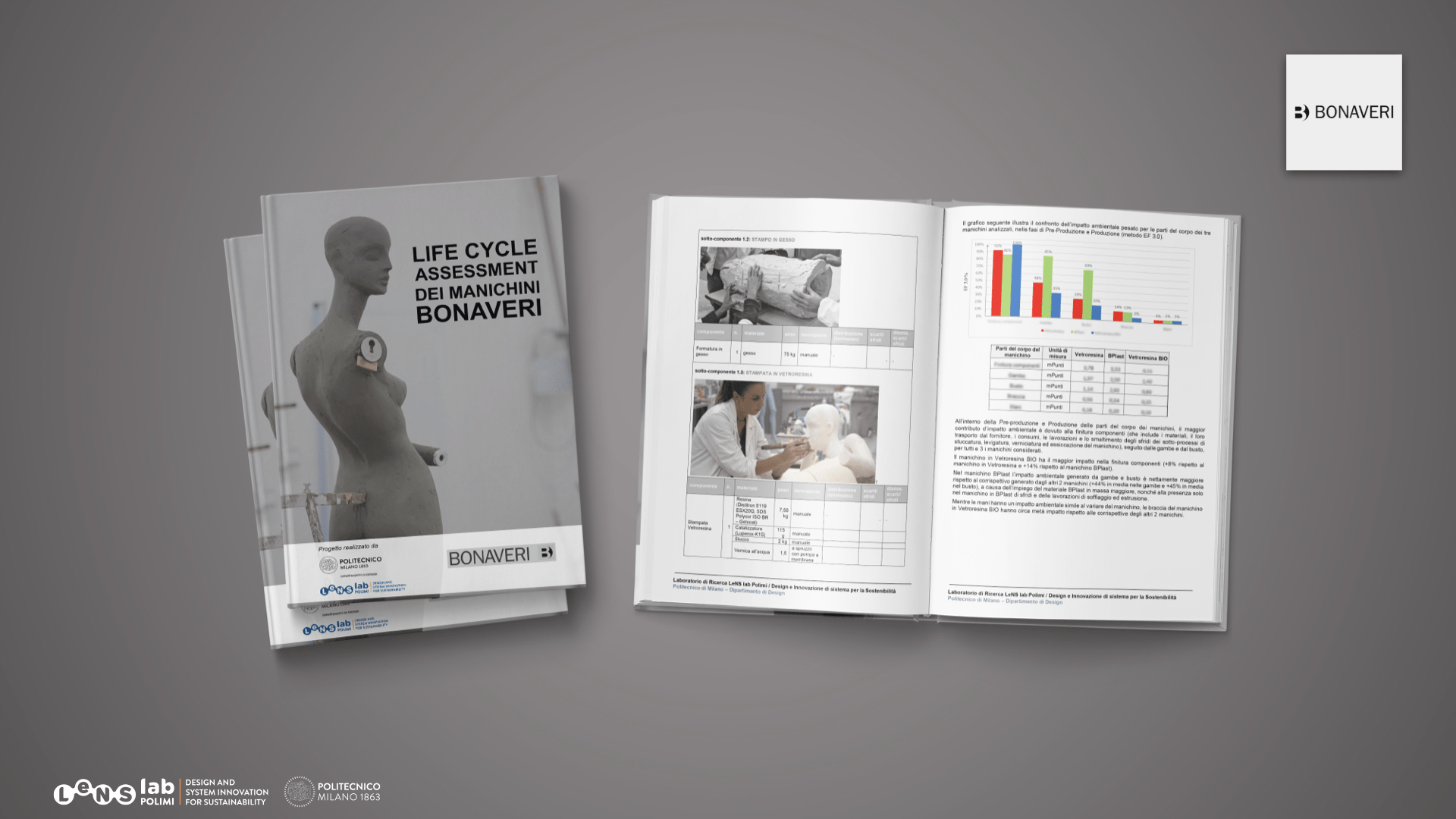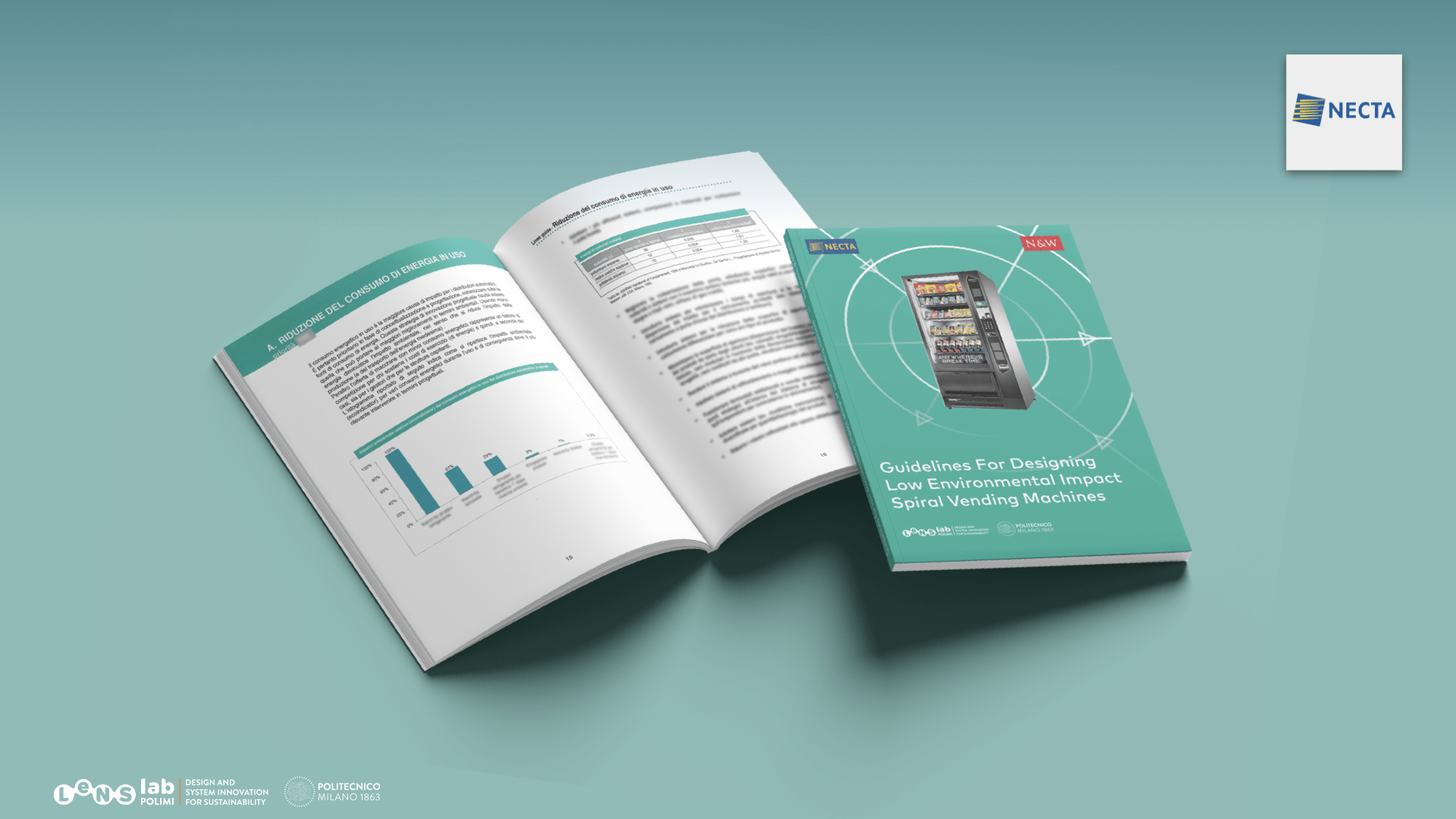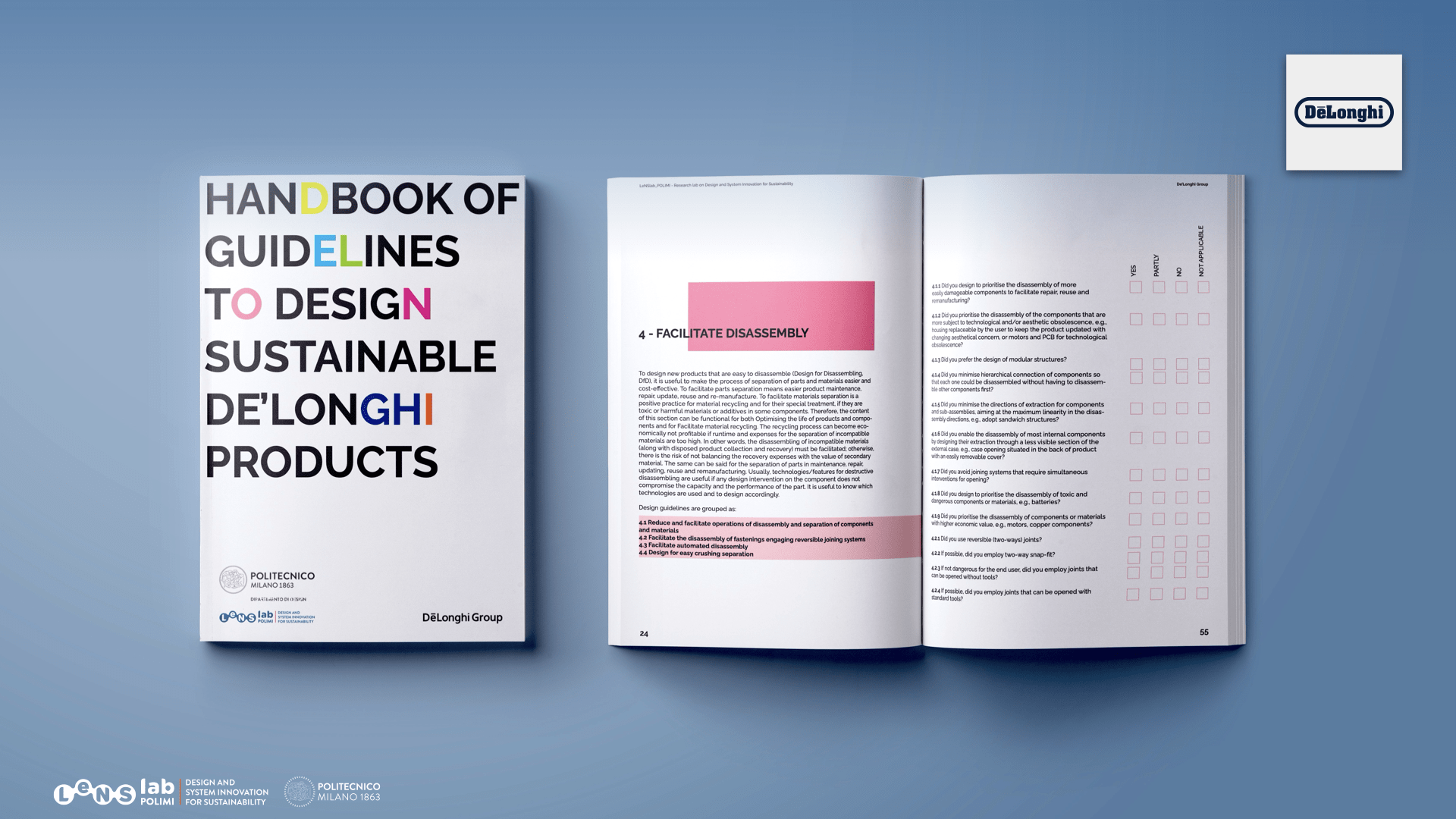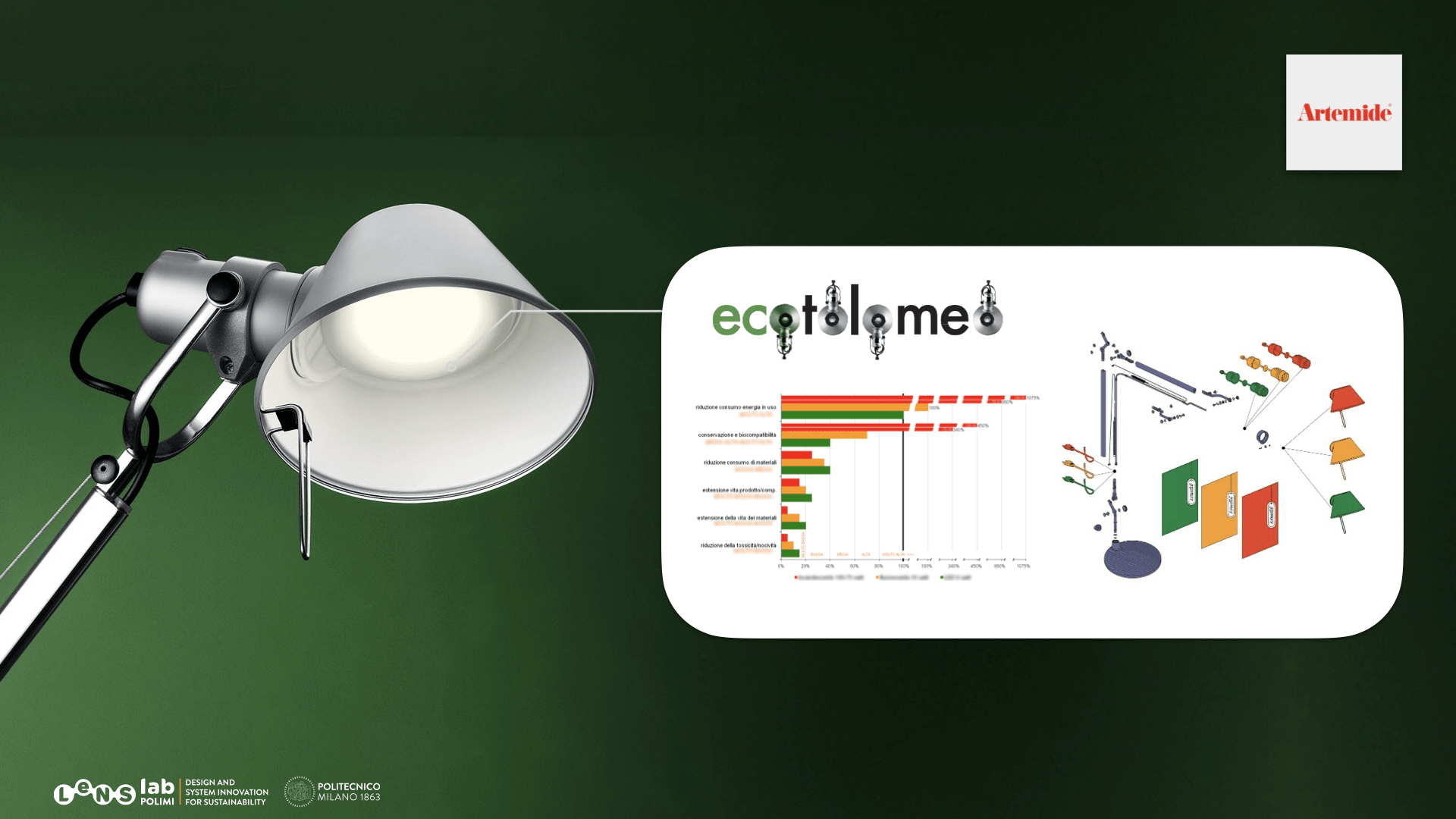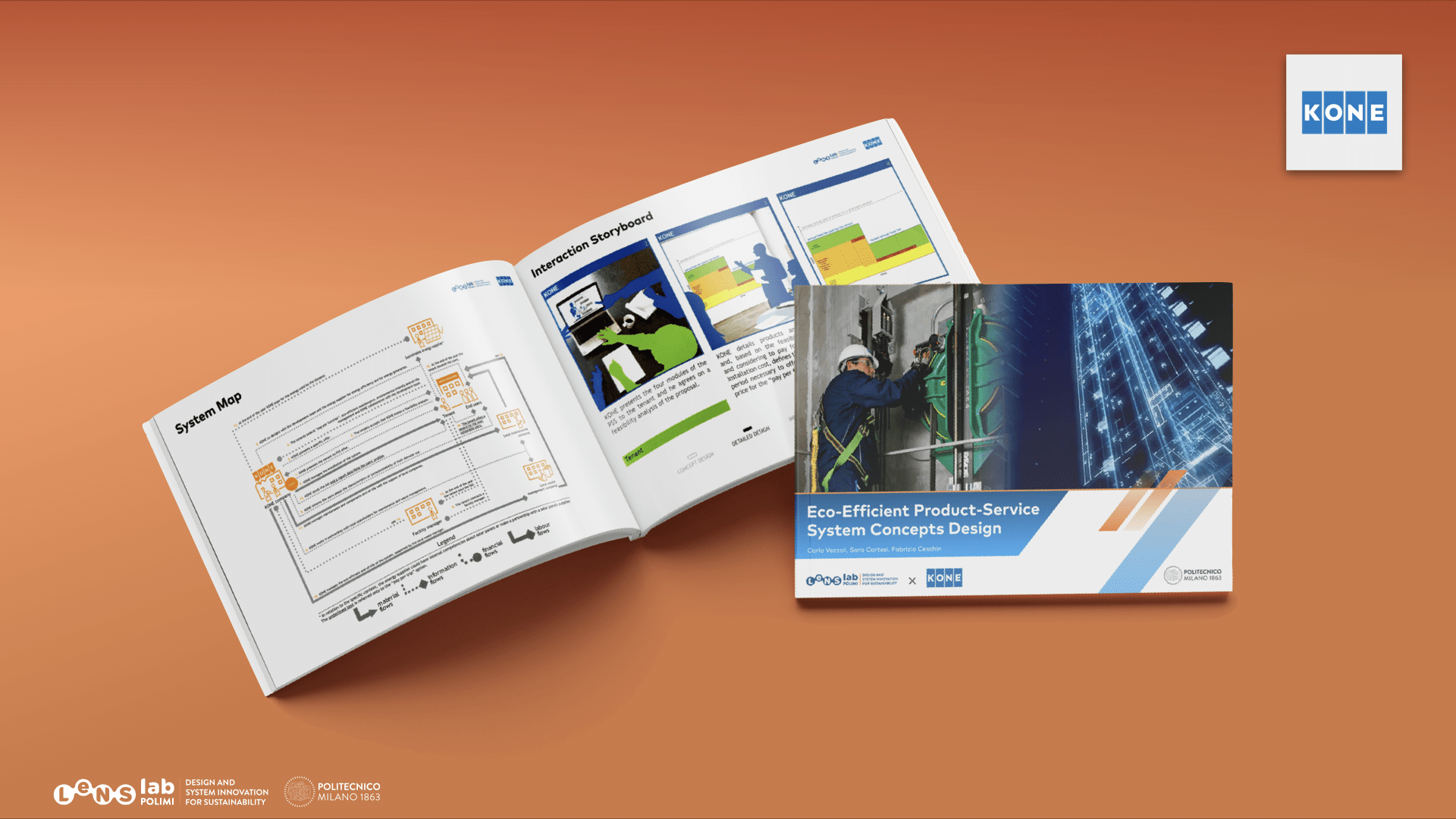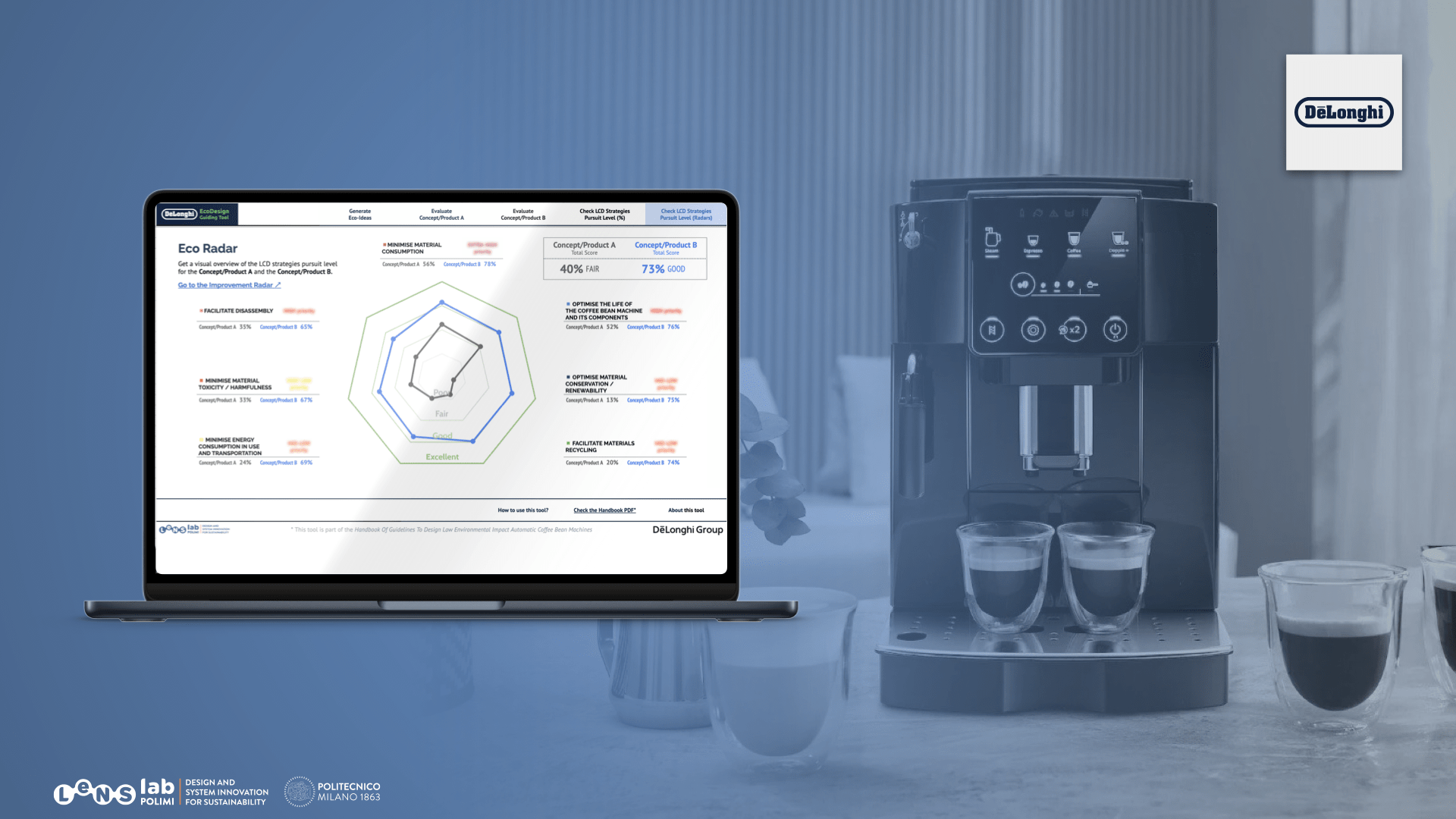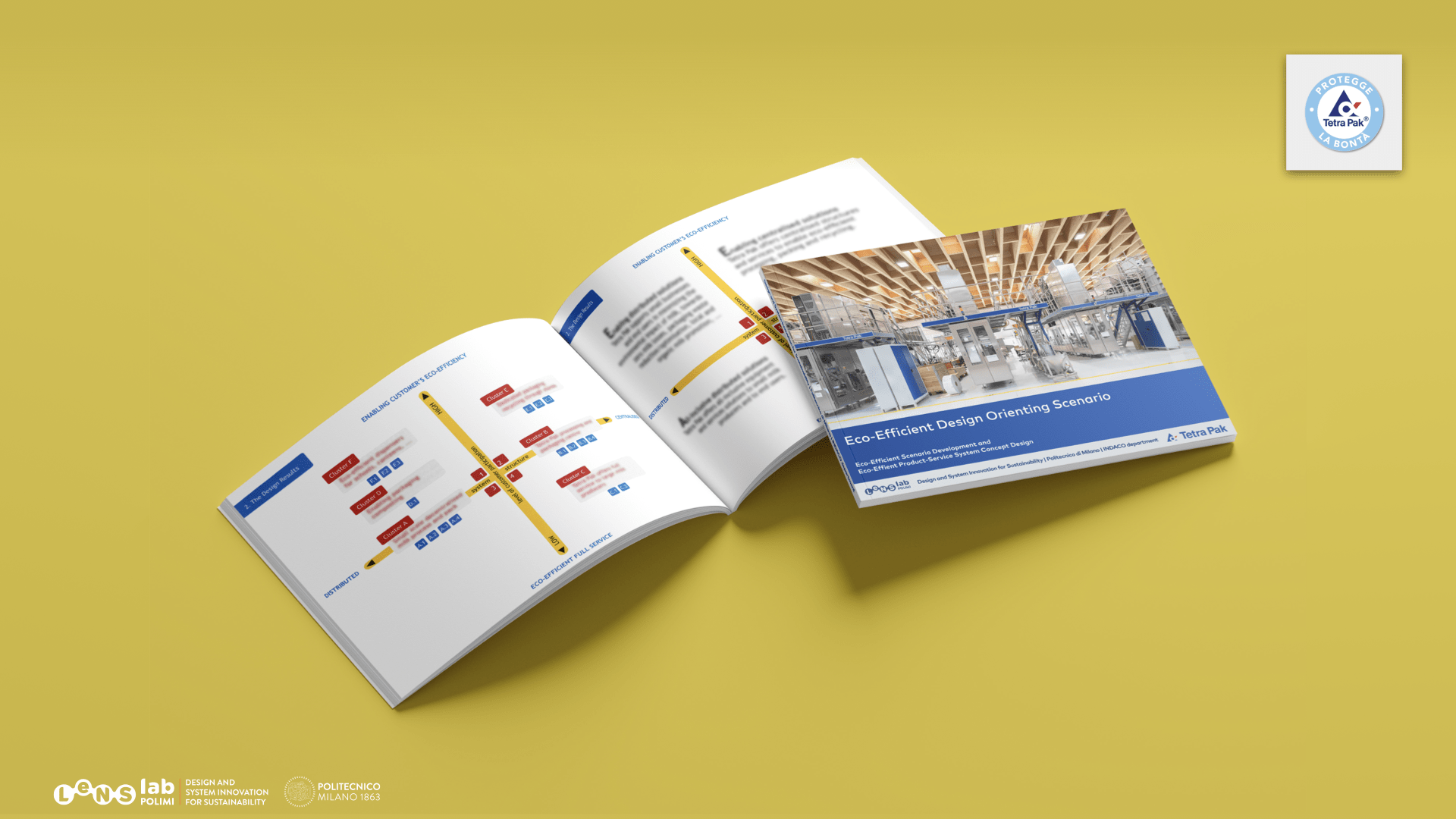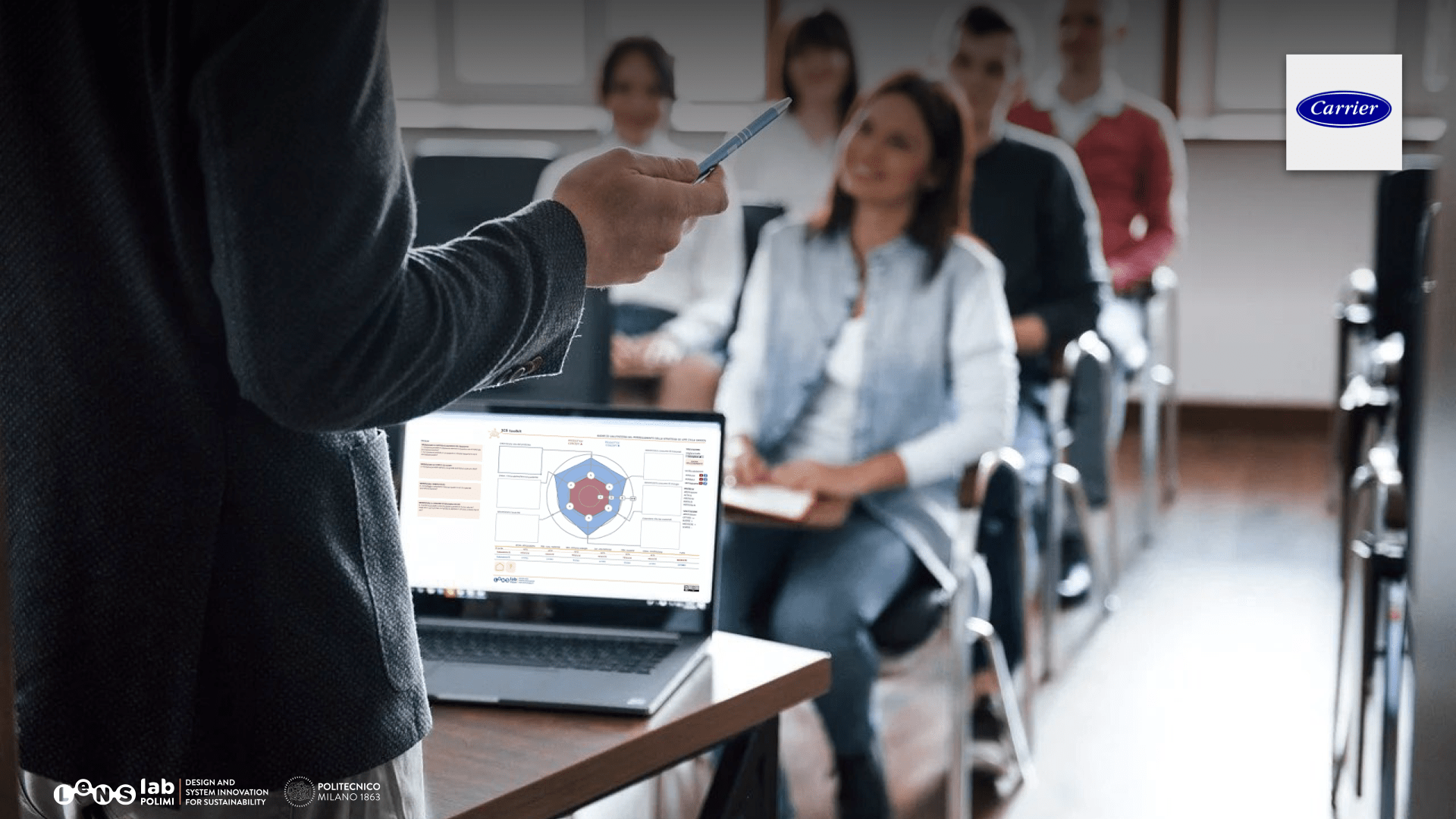AIM
- The tool is designed to help users identify Business Opportunities in the Circular Economy and integrate these opportunities into the Business Model.
- The tool evaluates value capture opportunities along the product life cycle, enables users to select the best fitting CE business strategies, and shows how these strategies influence business model elements, such as the customer segments or the cost
- The user is then invited to customize these elements and redefine the business model to their needs
TARGET GROUP
- The tool targets product developers and designers – both professionals and students in related fields
- Demonstrate the strategies that influence the business model, the tool takes the perspective of -As with all the KATCH_e materials, the examples highlight from the construction and furniture sector. However, the strategies can also be applied within other industries.
PREREQUISITES
A basic understanding of the Circular Economy and the business opportunities that is provided. Furthermore, the tool builds on the Business Model Canvas. These concepts are covered in the KATCH_e modules “Introduction” and “Business Models”. To use the tool the user should have a specific product in a specific business model context in mind, knowing its customer base, its value proposition, its supply chain, etc.
HOW TO USE THE TOOL
Step 1: Describe the Current Business Model
- You can start here if you have a business model that you would like to adopt. Otherwise, you are also able to start with Step 2, where you immediately look at the opportunities of the Circular Economy
- Fill out the Business Model Canvas to describe your current Business Model and compare the current model with the results. All the items in the blocks can later be imported to the circular Business Model Use drag & drop to move the items between blocks or change their order within a block. Items can be duplicated and deleted. Changes need to be saved by pressing “done” after editing. Unwanted changes can be reverted to the last saved state.
- If you need help with the method of the Business Model Canvas you can either click on the i-Button to find useful questions addressing the individual building blocks of the By clicking on the? -Button you’ll be directed to the Help-Menu, where you’ll find additional information about the framework. We also recommend consulting the “Business Models” Module for a better understanding
Step 2: Evaluate which Circular Economy Business Strategies fit best
- Click on the Button “CE Business Strategies” to analyze the best fitting Circular Economy Business Strategies by evaluating opportunities to capture value throughout the lifecycle of products. Much of the evaluation is based on the characteristics of a specific product. If all the products of a company are similar, this task is easy. If companies have a diverse product portfolio either chose one that is representative or do multiple evaluations with different product
- The tool builds on 11 different business Each of these strategies is related to several criteria (between 1 and 6) with which the applicability of the strategies are analyzed. Evaluate these statements by choosing one of the answer options between false, mostly false, and mostly true, if statements aren’t transferable to the evaluated product system, you can also choose not applicable, to exclude the criteria from the evaluation result.
Step 3: Choose relevant Circular Economy Strategies to follow up
- As you proceed with this method the tool ranks the strategies that fit best for your analyzed product system. By clicking through the individual strategies, you will find a definition of the strategy and a link to the related strategies in the other two KATCH-e Webtools, the CE Designer and the CE Analyst.
- This means if you’ll follow up the business Strategy “User-oriented services” you should aim to perform well in the Strategy “Design of use- or result-oriented services in the CE Designer. You can also model the environmental effects of the business model with the related strategies share (sequential use) in the CE Analyst.
- The box also differentiates the strategies by highlighting the life cycle phase, where value is captured.
Step 4: Design your circular model
In the last step, you are guided back to the Business Model Canvas. If you already filled out the BMC in Step 1, the tool will ask you if you want to import the fields. Dependent on your choice of strategies in the previous step, the tool highlights influence within certain building blocks of the business model that are inherent to the chosen strategies.
- Customers will become Key partners in the new Business Model by initiating new processes (giving back carpets initiates refurbishment process and unlocks rentable assets)
- Channels will need to include a return channel and maybe also a re-sale channel for used selling used carpets
- Revenues will include service revenues
- Costs will include additional logistical costs, labour costs and financing costs (rented carpets will not be immediately refinanced in contrast to sold products)
- Sustainability, providing access and offering lower lifetime costs might be new elements of the value proposition
- Customer Relationships might be recurring in nature (as customers give the product back) or even long-term (becoming regular customers for recurring events).
Step 5: Compare and Export the Results
- Results can be saved at any You can download your progress as a json file, which can later be imported. Once you are finished, you have the option to export the results as a pdf file, with the respective button in the top bar. The Export dialog lets you choose which elements you wish to export
- Additionally, to the filled-out current and circular BMC template you have the option to export the evaluation from step 2. Furthermore, you can export a comparison, which compares each of the nine business model elements from the current and circular Canvas.
RESULTS
The result is a saveable and printable description of the business model, based on a modified version of the Business Model Canvas template which emphasizes CE principles. The tool also allows comparing the “original” version of the business model with the adapted new “circular” version of the business model.
LIMITATIONS
As with all tools that follow a predefined path, the user has to keep an open mind and not let the tool narrow the perceived possibilities of the CE. To be generically applicable, the tool is also not able to highlight all the influences resulting from applying certain strategies. Additional considerations, to take into account the individual circumstances are always necessary.
TO VIEW AND DOWNLOAD THE TOOL : https://www.katche.eu/knowledge-platform/tools-and-training-materials/katch_e-tools/ce-strategist/
PSS Processes and stages
- Analysis of sustainability best practices (Service strategic analysis/design brief)
- Definition of PSS Design sustainability priorities (Service strategic analysis/design brief)
- Generation of sustainability oriented ideas for PSS (Service concept design)
- S.PSS/Service sustainable ideas selection (Service concept design)
- Development of S.PSS/Sustainability service concept design (Service concept design)
- S.PSS/Sustainability service detailed design (Service detailed design & engineering)


